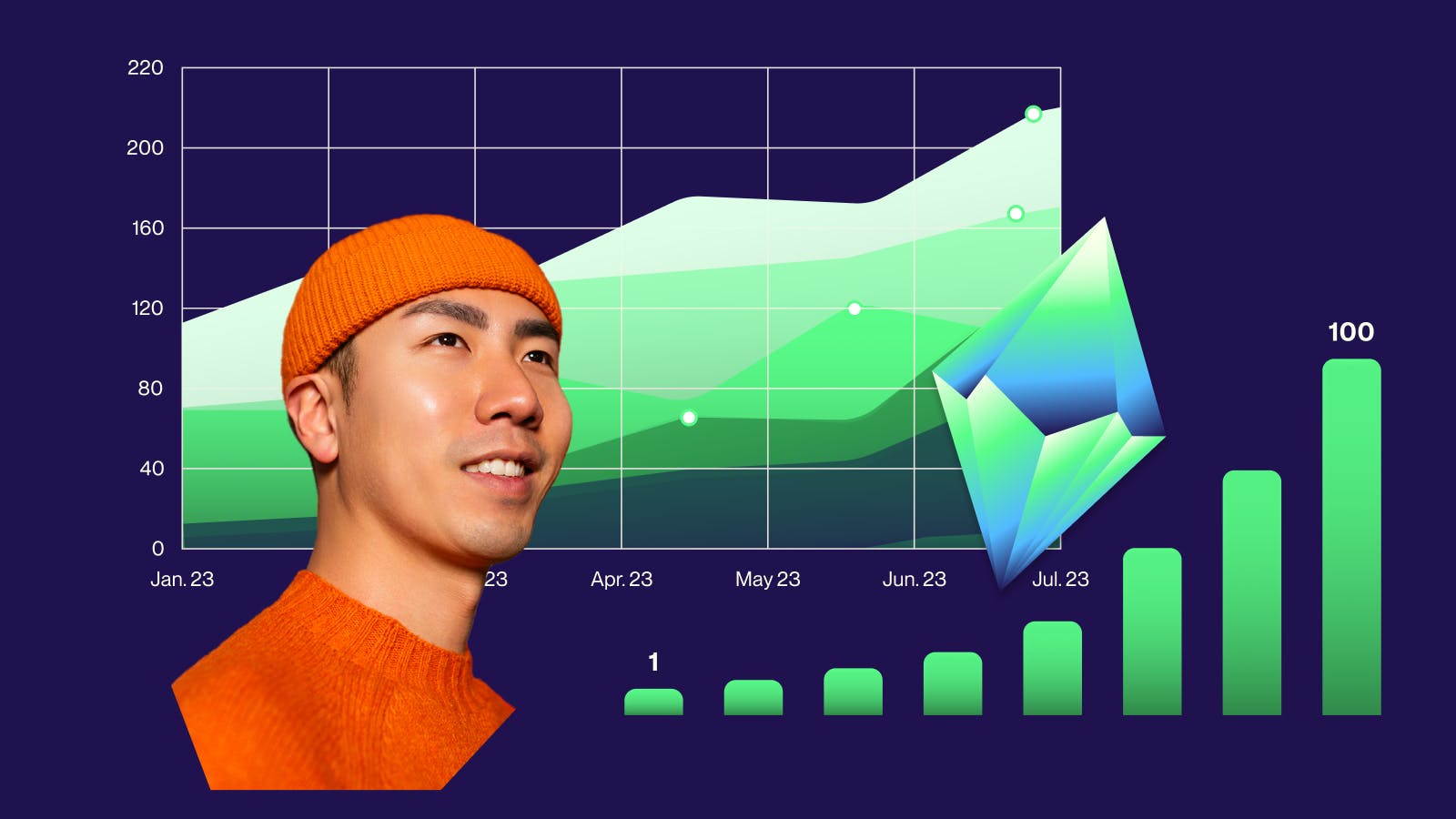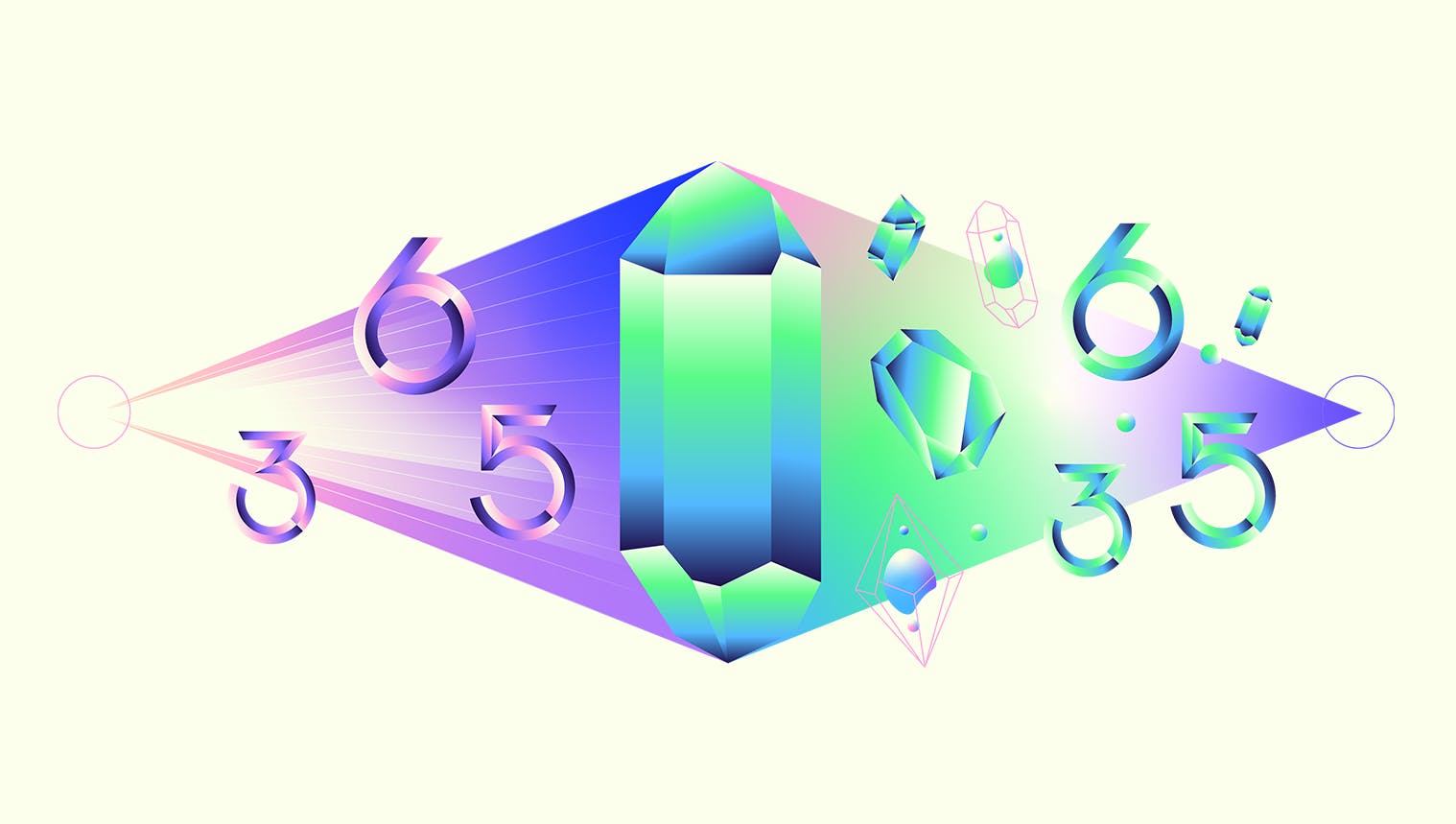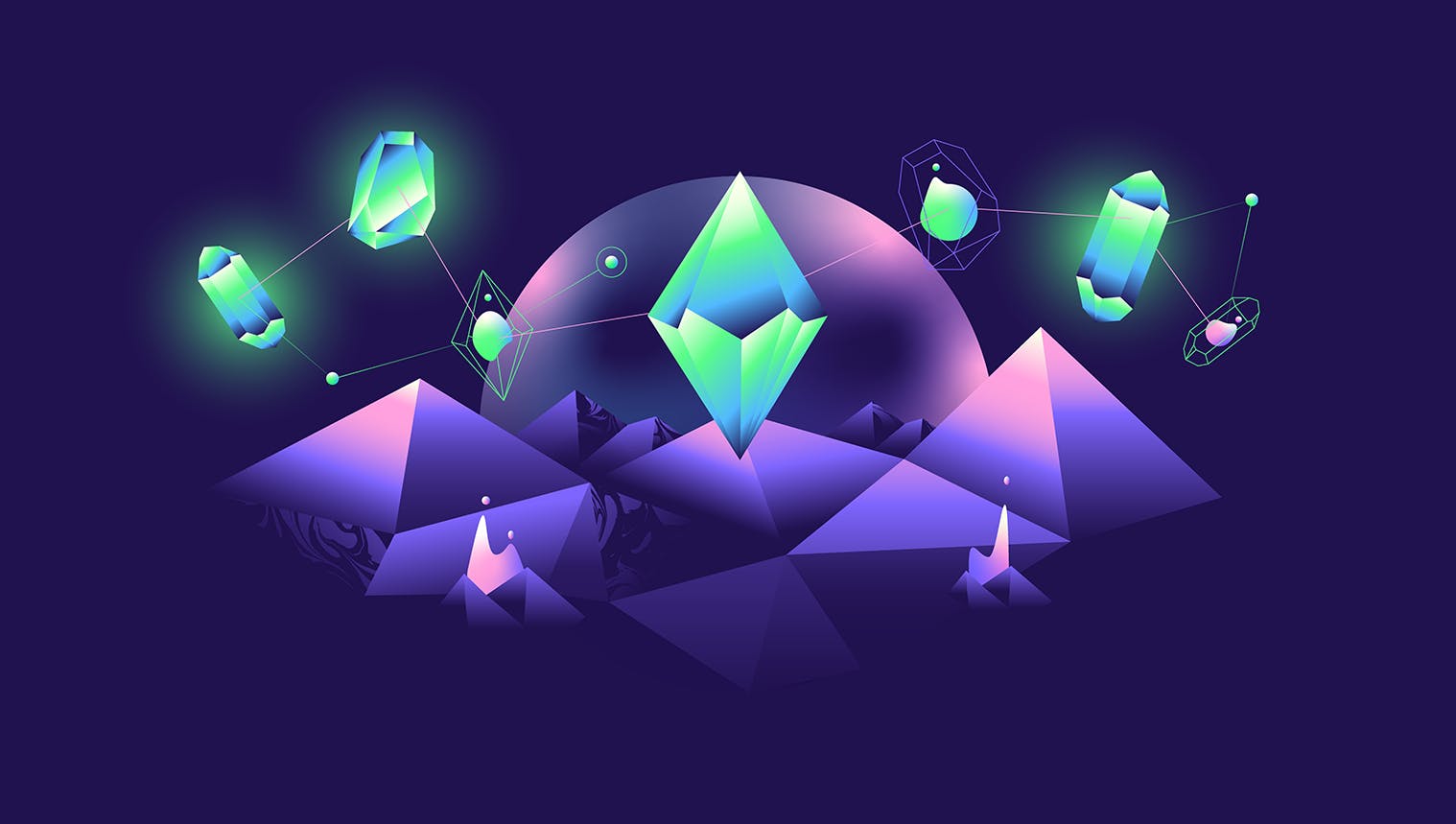Everything you need to know about design thinking for HR
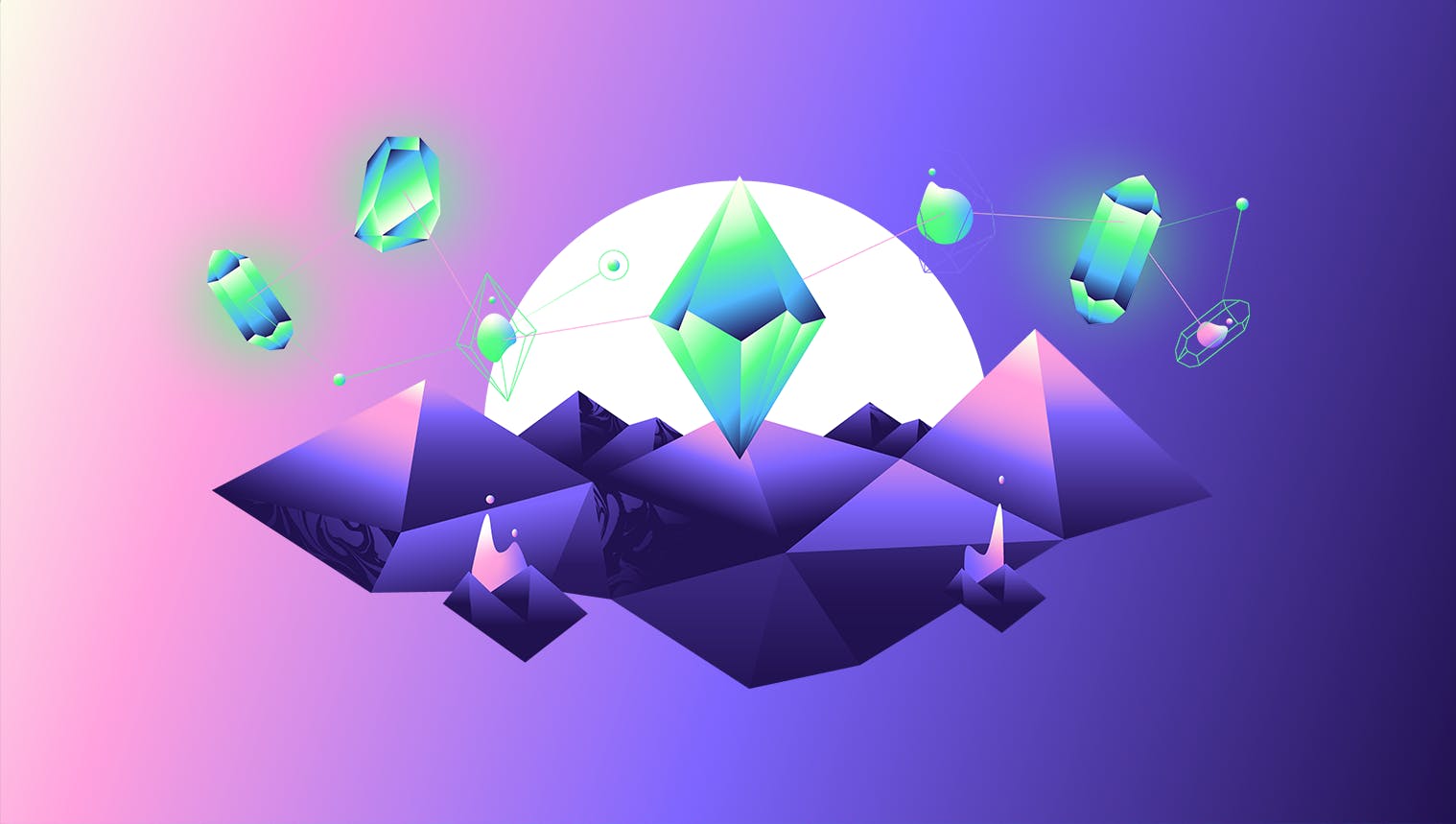
This article is a preview of our upcoming 2024 Skills Impact Report: How Design Thinking Will Fuel Skills-Based Organizations. Sign up for our newsletter to be the first to receive the full report.
Traditionally, HR professionals have focused on administrative tasks and policy enforcement—all of it essential, but none of it transformative. But in recent years, there has been a shift away from this work, inspired by a growing recognition of the value and impact of talent on overall business success. HR are no longer policy cops—they've developed into the more strategic arm of People Operations, designed to oversee the entire talent experience from start to finish and everything in between.
Fueling this transformation from policy cop to people leader has been the reshaping of HR strategy around skills—a paradigm shift that breaks people out of rigid organizational silos, uncovers their hidden talents, and enriches their individual careers with exciting growth opportunities. And from a business perspective, using skills as a center of gravity allows companies to identify the right people to drive their organization forward and adapt quickly to changing market conditions.
Skills-based organizations, also known as SBOs, are agile, responsive to change and boast high levels of engagement—meaning workers are more likely to stay with their employers and feel connected to their work. As digital disruption continues to impact the way we work, SBOs are poised to thrive in the 2020s.
Talent experience is fundamental to the success of skills-based organizations, making it imperative for HR to adapt their processes and approach to create bespoke experiences for every individual in their organization.
Enter: HR design thinking.
What is design thinking for HR?
Embracing a concept from the world of user experience design, HR has begun to use empathy and creativity to craft experiences that engage employees, align them with business goals and enhance their sense of purpose at work. In doing so, they transform the talent journey and fuel the growth of skills-based organizations.
Design experience lies at the heart of a successful employee journey, where all the aspirations for your workforce come together. Like any other quest, you must set out with a purpose, directions, essential supplies, and a sense of adventure. Without these, your employees would wander aimlessly, without purpose or motivation, and without the skills they need to succeed in the world.
To be strategic about how we approach and treat our talent, HR professionals can weave elements of design thinking principles and user experience design into a meaningful talent experience, based on:
- Solving your employees’ problems: Proactively gaining regular feedback and addressing their challenges.
- Improving accessibility through skills visibility: Leveraging real-time skills insights on the supply and demand of skills within your workforce.
- Provoking an emotional response: Not settling for meeting expectations but consistently delighting employees with new opportunities, challenges, and benefits.
- Driving positive behavior: Prioritizing ways to keep employees productive, engaged, and fulfilled in their roles.
When considering how design thinking operates in HR, we can draw undeniable parallels between customer experience and talent experience. Customer experience design focuses on creating a seamless and enjoyable journey for customers from their first awareness of the brand, to the point of purchase and beyond. Similarly, HR concentrates on designing the employee journey from attraction to offboarding.
Just as sales professionals create intricate customer journeys or sales funnels, HR must consider all the touchpoints, emotions, and interactions employees have with the company. For example, instead of knowing how many clicks it takes to convert a lead into a customer, they must know how many steps it takes for an employee to feel settled and productive in their role.
The evolution of the role of HR in the employee experience is not unlike the evolution of the role of the travel agent in vacation planning.
Are you old enough to remember travel agents? Back in the day, if you wanted to take a vacation, you would go to a physical travel agency and someone would help you pick out and book a vacation based on what packages they could offer.
Similarly, back in the day, if you wanted to go somewhere professionally (learn new skills, get a promotion, change fields), you went to a different kind of travel agent, a.k.a. your HR representative. You asked them, okay, what do you have to offer me?
For HR, this is still how it works at a lot of companies, but the travel world looks drastically different. Our first stop is not a travel agency when we want to go traveling. And that’s because of digital transformation.
Digital opened up the world and empowered travelers to chart their own course. That means when we want to travel, we go online, we turn to apps, we seek out recommendations. In short, we become an informed consumer before we start any conversation.
You may still go to a travel agent – having a true partner to manage and guide you through the logistics of travel has been on the rise since the pandemic – but before going to the travel agent, about 85% of your research will have been done digitally.
Now apply that back to the talent experience. The employee journey at your company is a journey like any other.
Are you offering an HR experience that mirrors the modern travel agent, leveraging digital tools and employee-empowered research to better design journeys, or are you a brick-and-mortar shop offering rigid pre-set packages? Most likely you may fall somewhere in the middle. Just remember: Digital doesn't replace travel agents, it merely unleashes their power when used effectively.








How to apply design thinking to HR
In more detail, here’s how HR teams can apply design thinking principles and user-centered design approaches to key people functions:
- Crafting end-to-end experiences for employees, including developing onboarding processes, employee engagement initiatives, skills development programs, or other HR-related activities focusing on user-friendliness and effectiveness.
- Improving HR processes by using design thinking to identify and solve HR-related problems. This could involve streamlining HR processes, improving efficiency, and reducing friction points to create a more seamless experience.
- Enhancing communication and collaboration to bust workplace silos and encourage multi-way feedback, which enhances information flow and teamwork.
- Adopting user-centered HR tech involves collaborating with technical teams to customize and implement user-friendly HR software such as skills tech, applicant tracking systems, performance management software, and employee self-service portals.
- Building employee engagement programsemployee engagement programs and wellness initiatives that resonate with the workforce to improve overall satisfaction.
- Change management and culture transformation supports employees in adapting to new processes or cultural shifts.

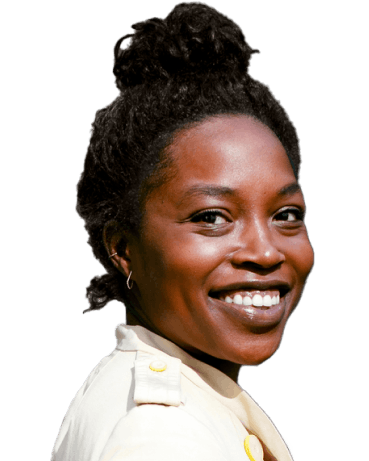
2024 Skills Impact Report
The era of the HR designer is here. By applying the principles of design thinking to talent experience, people leaders can take their skills-based organizations to the next level.
Sign-up for our newsletter to be the first to download the 2024 Skills Impact Report and uncover how design thinking for HR is fueling skills-based organizations.

Employees face a common problem—they don’t know how to progress in your organization. They struggle to understand which internal roles exist, the potential career path they can take, and the skills they need to get from A to B. This lack of clarity can lead to disengagement, frustration, and a feeling of stagnation.
HR experience designers can develop a structured career path planning framework that provides employees with a clear roadmap for their professional growth within the organization. As is the nature with any type of design experience, your career planning framework should be entirely bespoke. However, it may include the following:
- Career pathing: Based on their skills and interests, employees are presented with various potential career paths within the organization. Whether interested in upward, downward, or lateral internal mobility, the experience is all about finding enriching opportunities at any level of seniority.
- Skills development: Empower your employees to chart their course by self-declaring their skills, ambitions, and aspirations. HR can design personalized development plans, including training, mentorship, and on-the-job experiences, to help workers acquire the skills they need for their chosen career path.
- Progress tracking: HR can design a regular check-in system, for example, using 1:1s or performance management meetings to track progress and development milestones.
A well-designed career planning experience should evoke a sense of clarity, motivation, and empowerment clarity, motivation, and empowerment among employees. Your people will feel confident in understanding their career options and the steps required to achieve their goals.








Ready to keep going? Download the 2024 Skills Impact Report for the complete guide, including additional chapters like:
- 3 HR challenges solved by design thinking
- How to design talent experience in 9 steps
- The role of skills tech in HR design
- 5 interactive worksheets for HR experience designers.
Sign up for our newsletter today to be the first to download.
Uncover more HR insights







